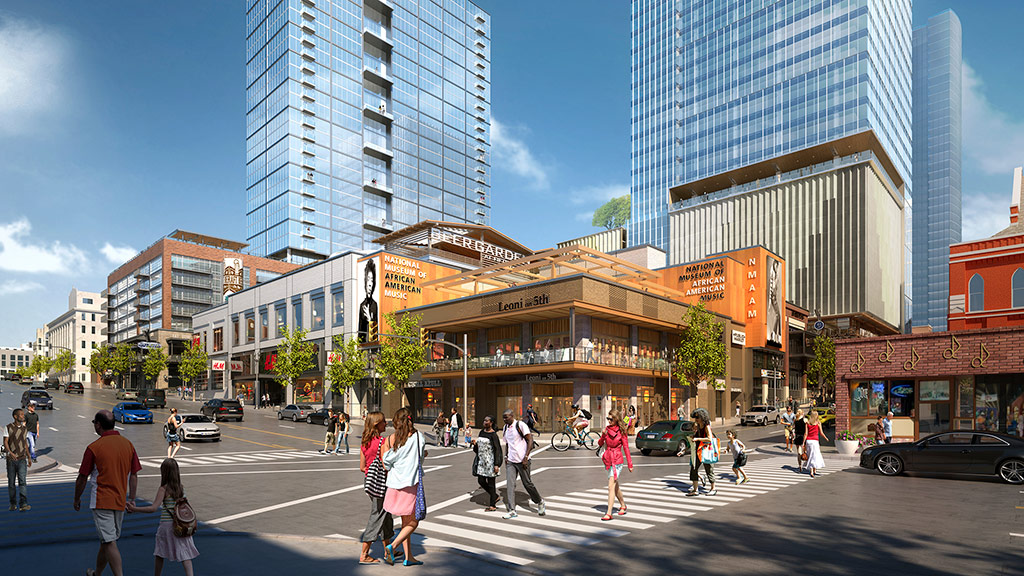The Future of Downtown Is the Lifestyle District

We explore the concept of lifestyle districts and how cities can be designed to be accessible and livable for all on this episode of Gensler’s Design Exchange. As global cities face challenges of density as well as the need to prioritize sustainability and social equity, architects and urban planners must align on best practices for urban design.
The conversation features diverse perspectives across Gensler’s global network, including Duncan Swinhoe, Regional Managing Principal for Gensler Europe, who discusses European cities’ historic approach to designing for walkability, and Kelly Cathey, Co-Managing Director of Gensler’s Nashville office, who highlights the city’s mixed-use Fifth + Broadway development. They are joined by Sofia Song, Gensler’s Global Cities Lead, who shares findings from the firm’s latest City Pulse survey on people’s evolving needs and experiences in central business districts.
Listeners will gain insights on how placemaking can foster livability, accessibility, and social connectivity. The discussion examines urban density case studies that highlight the positive impact of seamlessly weaving new programming into the urban fabric of our cities through human-scaled design, mixed-income housing, and the activation of public spaces.
Top 5 Takeaways
- Design plays a key role in the experience and attractiveness of cities — The recent City Pulse survey found that design and attractiveness were among the strongest predictors of a positive experience in central business districts across different user groups. Thoughtfully crafted public spaces and buildings make cities more enjoyable places to live, work, and visit.
- Families appreciate the convenience of mixed-use lifestyle districts — Residents with children reported the highest satisfaction levels with living downtown, benefiting from access to amenities, culture, and transit within a short walk or bike ride from home. This showcases the benefits of the 15-20 minute neighborhood model.
- Hybrid workers still frequent downtowns for amenities — Contrary to assumptions, two-thirds of hybrid workers continue visiting central business districts to utilize third places like cafes and parks on non-work days, showing these areas remain activity hubs even with increasingly flexible schedules.
- Local visitors are an untapped market for place activation — Local residents who don’t live or work downtown report being the least satisfied with their downtown experience, compared to all survey respondents. This insight reflects an opportunity to program public spaces and destinations that foster a sense of discovery, safety, and social interaction.
- Vibrant future cities prioritize people, green space, and diversity — Visitors desire downtowns that are designed for inclusive, multigenerational experiences through ample parks and recreation areas, moments that celebrate cities’ unique local character, and equitable accessibility for all community members.
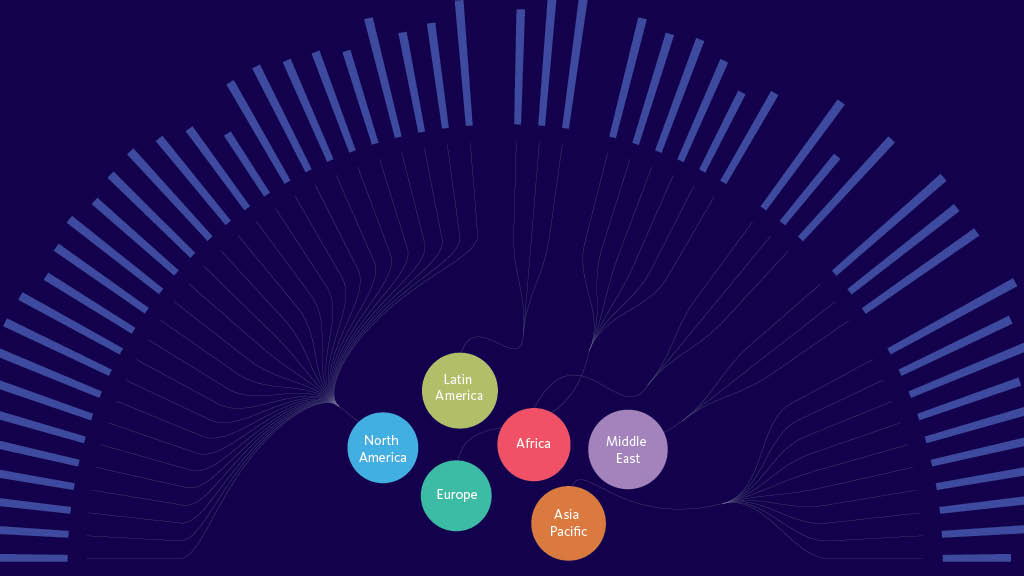
City Pulse 2023: The Future of Central Business Districts
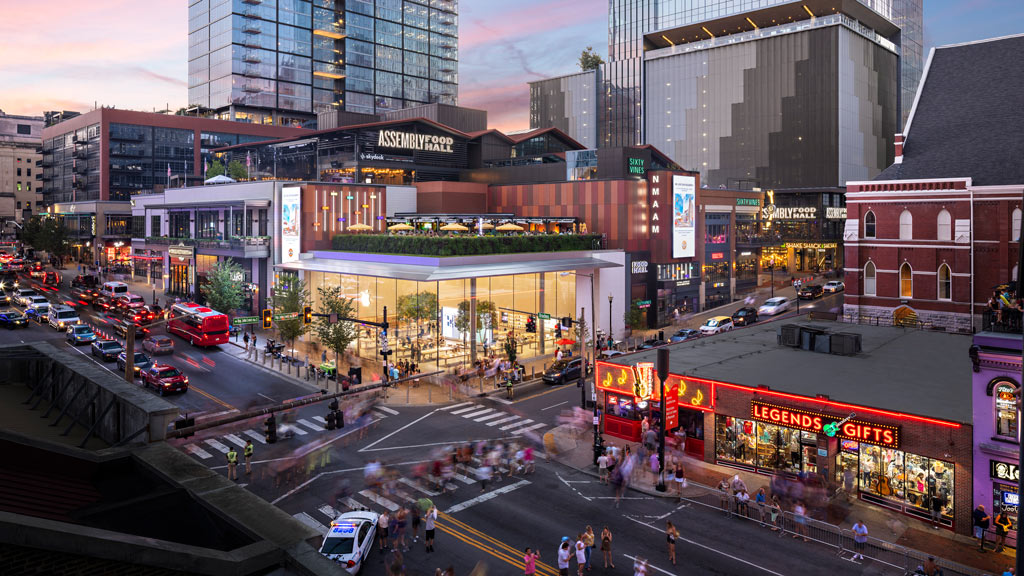
The Future of Central Business Districts Depends on More Than Office Buildings
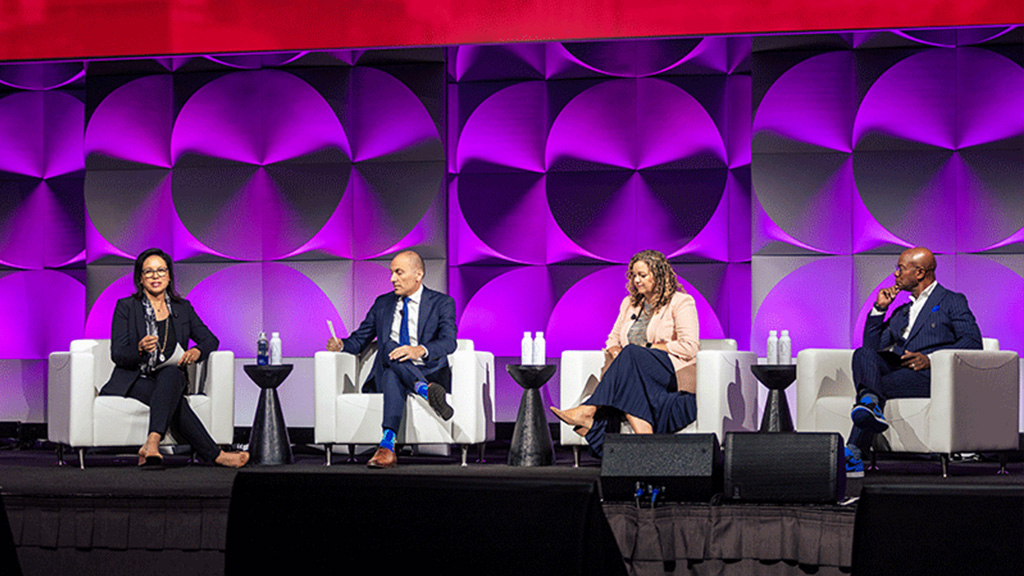
How Post-Pandemic Challenges to the CRE Industry Provide an Opportunity for Revitalizing Urban Downtowns
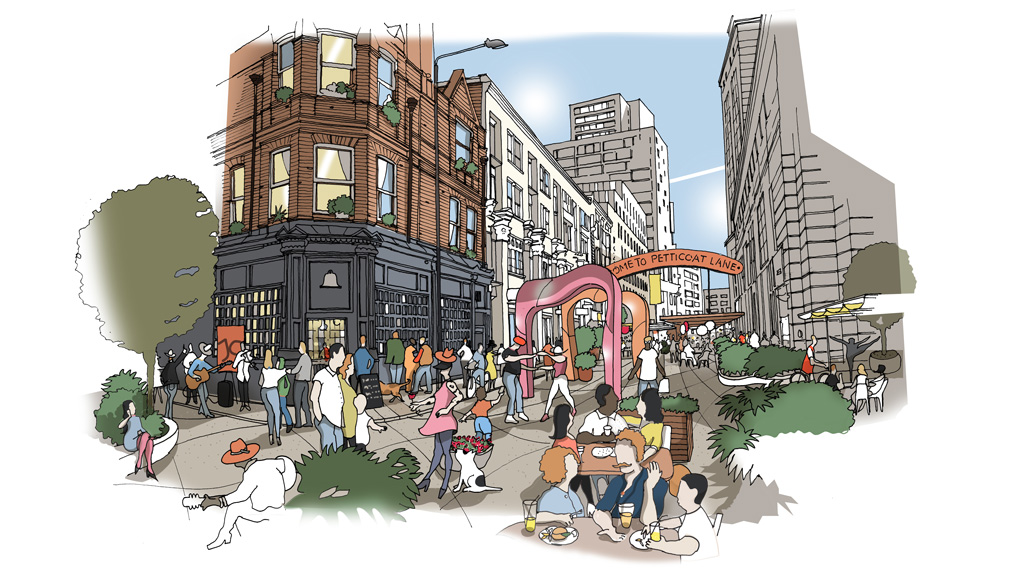
Destination Aldgate: Reinventing London’s Central Business District
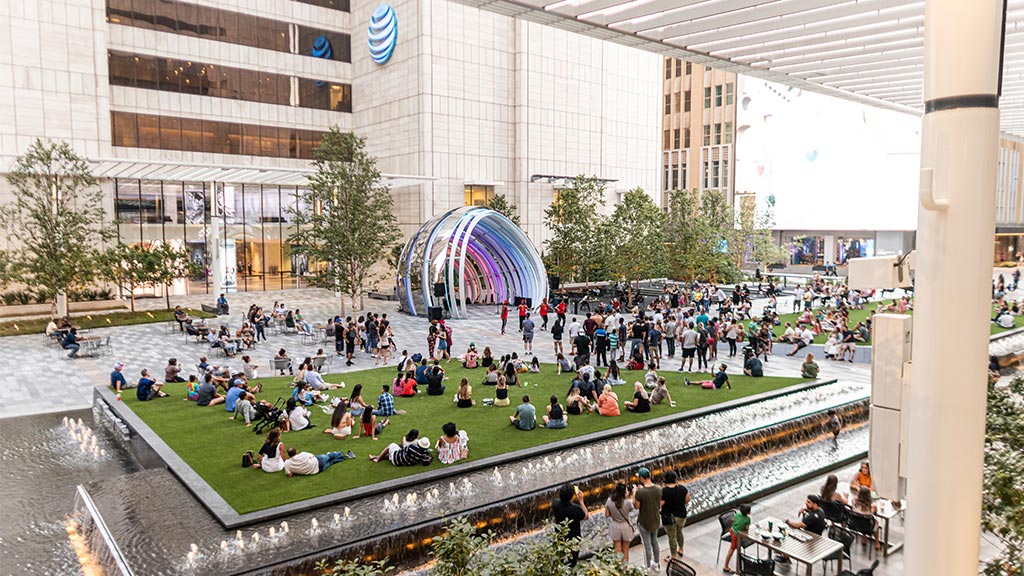
New Survey Reveals That Hybrid Workers Aren’t to Blame for the Urban ‘Doom Loop’
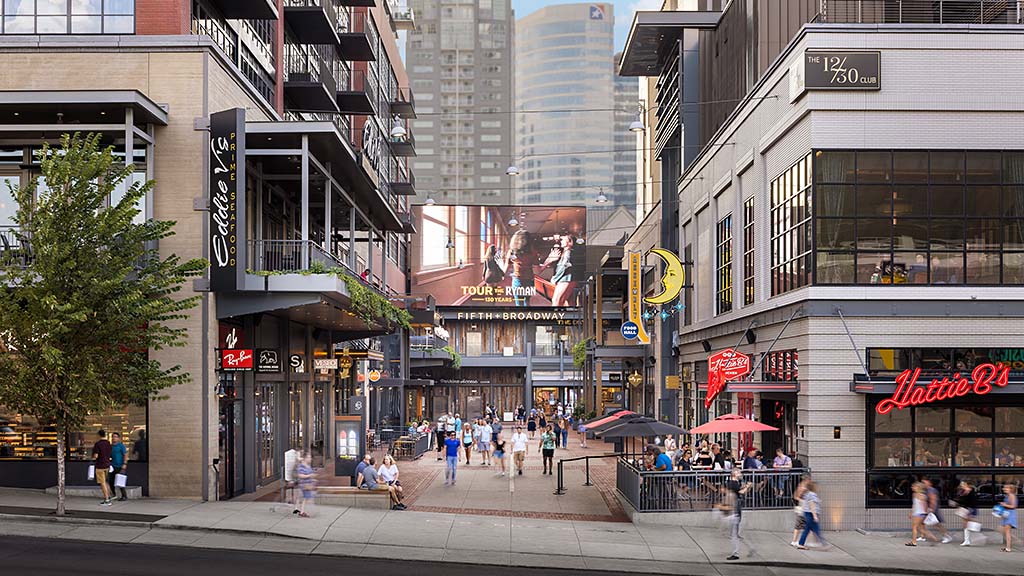
Here’s Why “Hybrid Workers Are Actually a Big Part of the Reason Downtowns Are Hanging On”
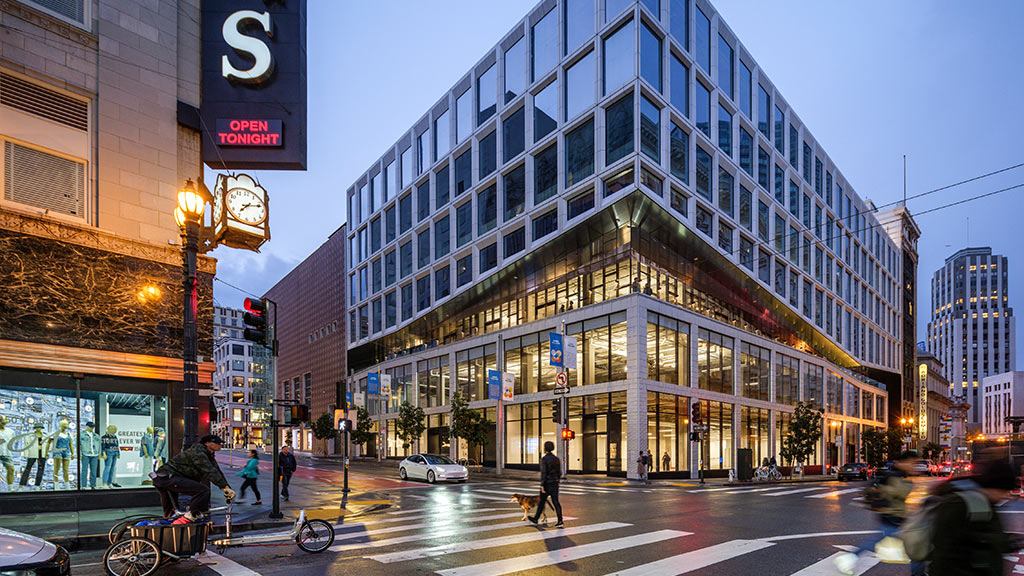
How Union Square Can Become San Francisco’s New Central Social District
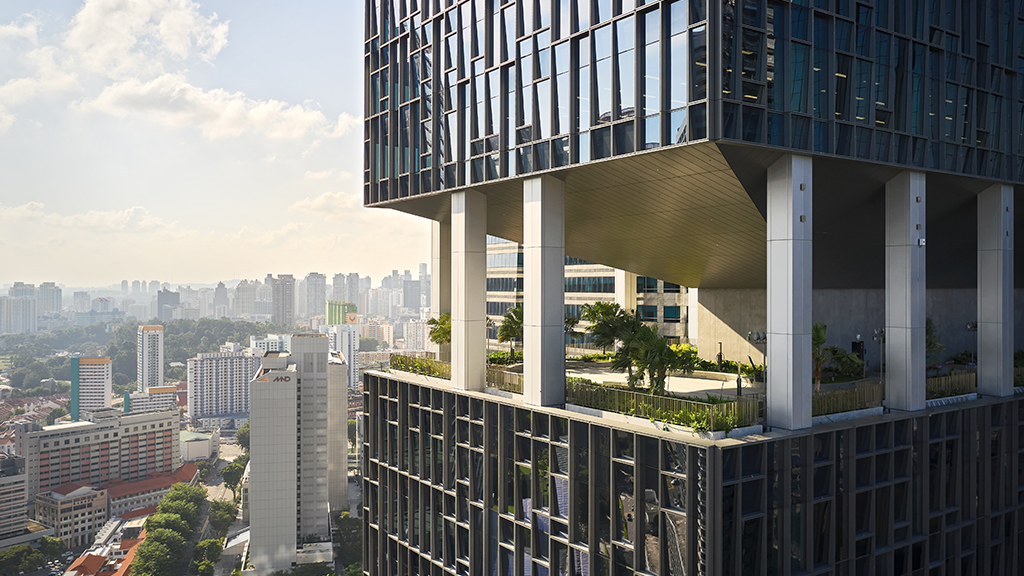
Strategies for Reinvigorating Singapore’s Central Business District
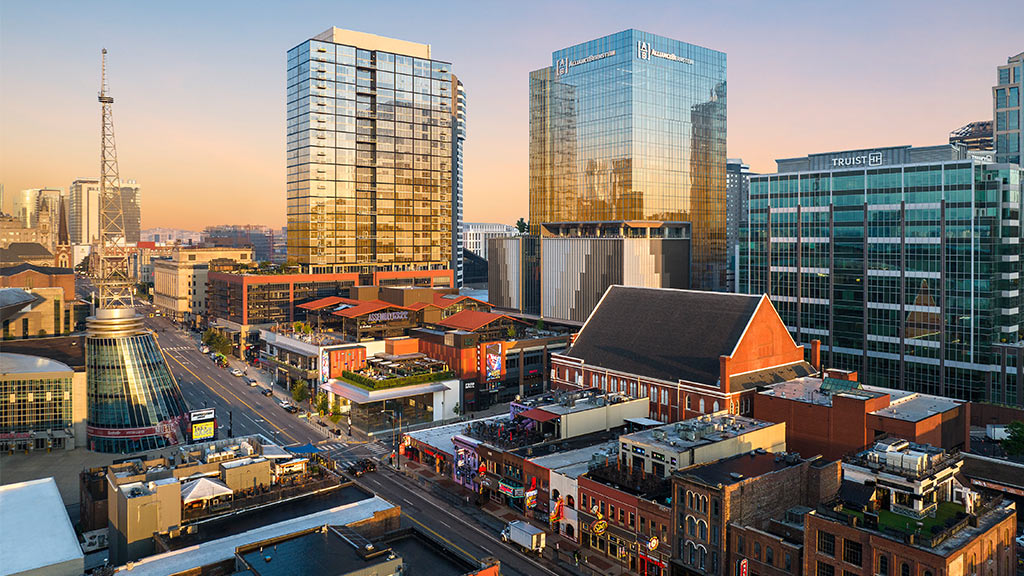
Bloomberg Explored Dowtown Experiences With Gensler Global Cities Lead Sofia Song
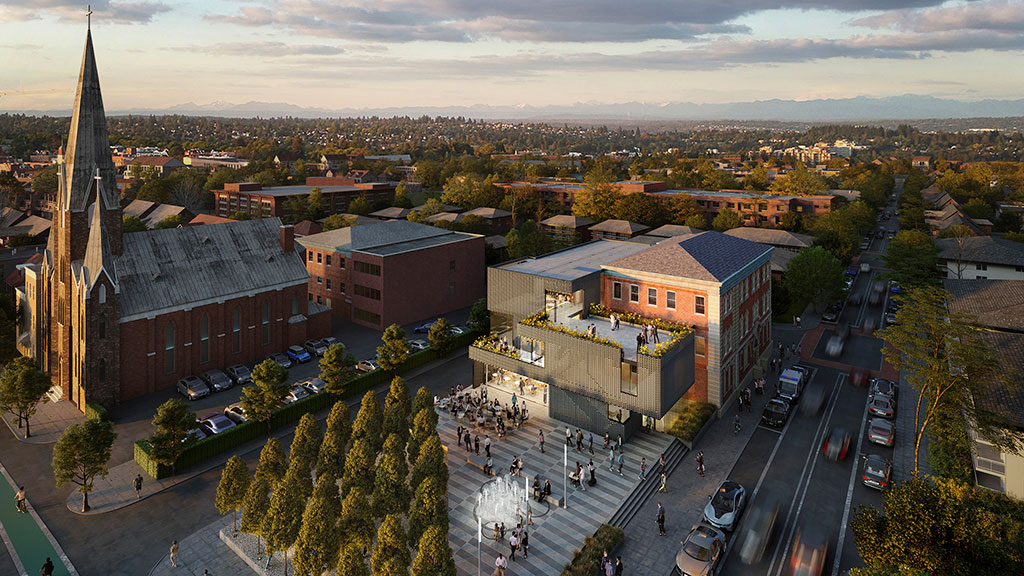
Equity and the 20-Minute Neighborhood
